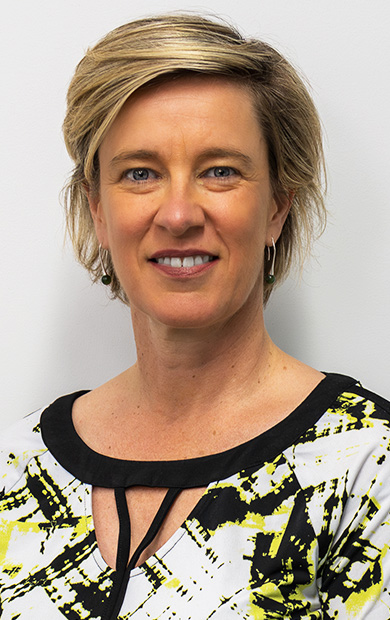Australia adopts international product standard for battery storage
Statements
Following an industry roundtable where Standards Australia committed to fast track the development and adoption of appropriate product safety standards, a key international standard has been adopted for use in Australia.
Battery storage is becoming a key part of Australia’s energy future, with homes and businesses increasingly installing lithium-based products and systems. With this shift comes the need for standards to protect end users and support growth in the sector.
AS IEC 62619:2017, Secondary cells and batteries containing alkaline or other non-acid electrolytes - Safety requirements for secondary lithium cells and batteries, for use in industrial applications covers safety requirements for secondary lithium cells and batteries for use in stationary and motive applications. This standard can also be used for residential and commercial battery systems.
Darren Gladman, the Clean Energy Council’s Director of Smart Energy, explained the significance of this standard.
“Home batteries are an exciting product that will give Australians more energy independence and control over their power bills, and it is obviously essential that we have standards in place that ensure consumers are protected.
“Consumers can be assured that battery products which meet this standard have an outstanding record of product safety in Europe, a leading market where tens of thousands of battery units have already been installed.
“The Clean Energy Council will continue to work with safety regulators to ensure that Australian battery product safety standards are the best in the world. We call on regulators and policy makers to give their full support to the new standard,” said Mr Gladman.
Standards Australia CEO Dr Bronwyn Evans explained the broader strategy for battery storage standards.
“The adoption of this standard is the first step of a much bigger plan developed through extensive consultation with industry and government.
“We will continue to adopt international standards wherever we can. Where no standard exists, we will continue to consult with our stakeholders and the wider Australian community to develop Australian Standards® with the end user front of mind,” explained Dr Evans.

Following an industry roundtable where Standards Australia committed to fast track the development and adoption of appropriate product safety standards, a key international standard has been adopted for use in Australia.
Battery storage is becoming a key part of Australia’s energy future, with homes and businesses increasingly installing lithium-based products and systems. With this shift comes the need for standards to protect end users and support growth in the sector.
AS IEC 62619:2017, Secondary cells and batteries containing alkaline or other non-acid electrolytes - Safety requirements for secondary lithium cells and batteries, for use in industrial applications covers safety requirements for secondary lithium cells and batteries for use in stationary and motive applications. This standard can also be used for residential and commercial battery systems.
Darren Gladman, the Clean Energy Council’s Director of Smart Energy, explained the significance of this standard.
“Home batteries are an exciting product that will give Australians more energy independence and control over their power bills, and it is obviously essential that we have standards in place that ensure consumers are protected.
“Consumers can be assured that battery products which meet this standard have an outstanding record of product safety in Europe, a leading market where tens of thousands of battery units have already been installed.
“The Clean Energy Council will continue to work with safety regulators to ensure that Australian battery product safety standards are the best in the world. We call on regulators and policy makers to give their full support to the new standard,” said Mr Gladman.
Standards Australia CEO Dr Bronwyn Evans explained the broader strategy for battery storage standards.
“The adoption of this standard is the first step of a much bigger plan developed through extensive consultation with industry and government.
“We will continue to adopt international standards wherever we can. Where no standard exists, we will continue to consult with our stakeholders and the wider Australian community to develop Australian Standards® with the end user front of mind,” explained Dr Evans.



